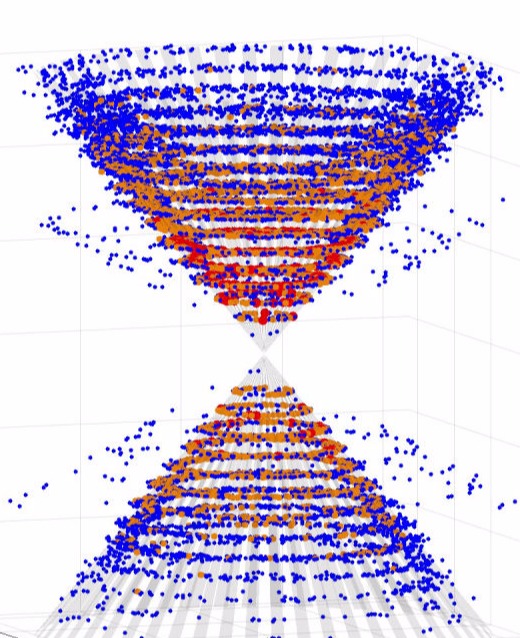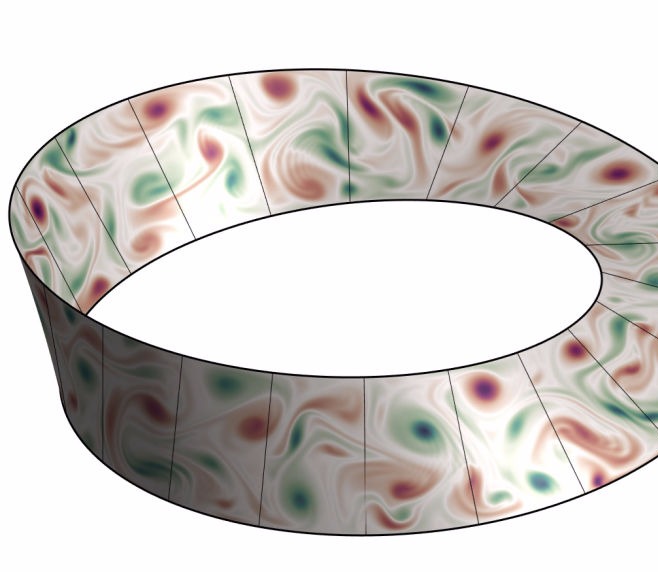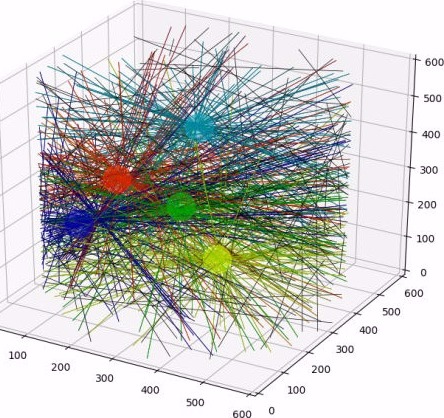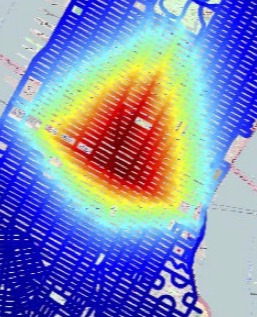Transport & mixing
I am developing and analysing models of transport of constituents by fluid flows. The main aim is to derive simplified models which describe the evolution of the constituent concentration after long times, once the spatial scale of the concentration fields is much larger than that of the flow. This can be done systematically by applying the method of homogenisation or, when the concentration tails matter, large-deviation theory.
My current projects in this area consider complex geometries and obstacles (with A Tzella (Biringham) and random flows (with P H Haynes, Cambridge, and A Renaud, Edinburgh). Together with Y K Ying and J R Maddison (Edinburgh), we are developing Bayesian techniques for the inference of ocean eddy diffusivity fields from trajectory data.




